Although not necessary given the advances in CGI and how readily available cameras are these days, taxidermy is still a fairly sought after trade. Today, it’s used mostly for museum exhibits. Taxidermy has been around since the 18th century, but it wasn’t until the 19th century where we learned how to bend stiff corpses into life-like positions.
However, instead of using this skill to make animals look like they had just crawled out of the forest, we immediately decided to start doing weird things with it. We made the animals anthropomorphic, giving them books to read, family dinners to eat, and golf games to win. Looking back now, this all sounds really strange, but apparently this is what people liked in Victorian times.
The first anthropomorphic taxidermy was done by Hermann Ploucquet as an exhibit in the Crystal Palace. Fans of Ploucquet’s work included Charles Dickens, Charles Darwin, Lewis Carroll, Charlotte Bronte, and even Queen Victoria herself.
Hermann Ploucquet’s exhibit was so popular because of the scenes he put the animals in, varying from dramatic to endearing.
Here, Ploucquet depicts a weasel teaching a class of eager-to-learn rabbits.
The trend of weird taxidermy spread throughout Victorian Great Britain. Even The Prince of Wales had a dead bear dumb-waiter.
A fox taking a little break to check his pocket watch.
An outlaw weasel appears to be robbing a poor little bunny couple.
This frog is glad to be under par.
The most holy of ravens.
Bunnies partying like it’s 1838.
A quartet of monkeys accompanied by a bear serenade an attentive audience.
Two mice duel for their owner, while two moles cheerfully dig their graves.
Poker night at the Mouse House.
Walter Potter, a few years later, would use taxidermy to take an even weirder turn with his so-called mutation series. The series included this eight legged, two tailed cat.
Via: Atlas Obscura
Don’t get me wrong. I love the idea of a fox in spectacles. Who doesn’t? However, when you have a fox’s corpse done up to look like he is reading to a cat (a known enemy of foxes), I think that’s just plain inaccurate.
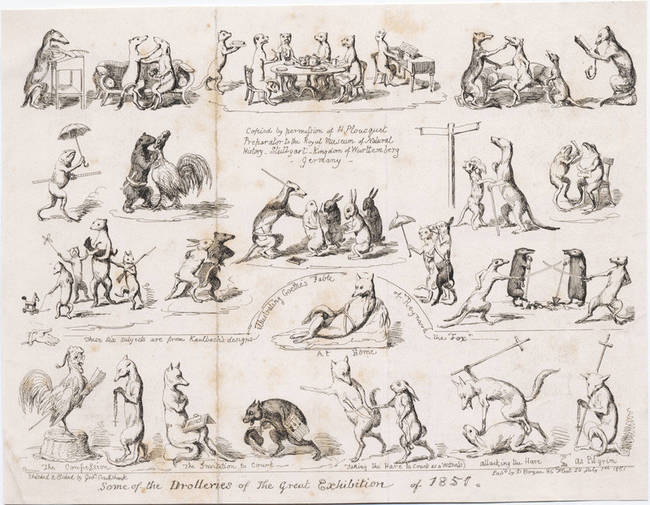 share
share
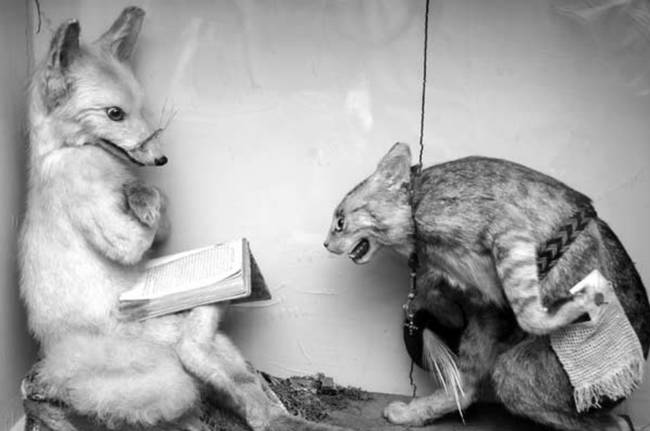 share
share
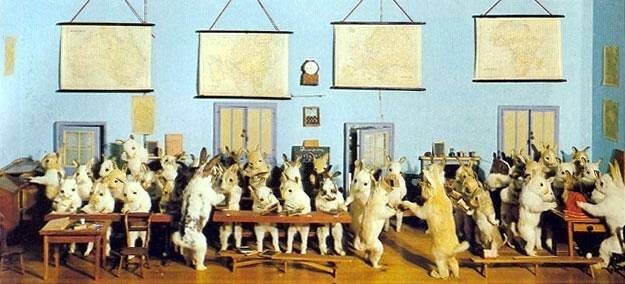 share
share
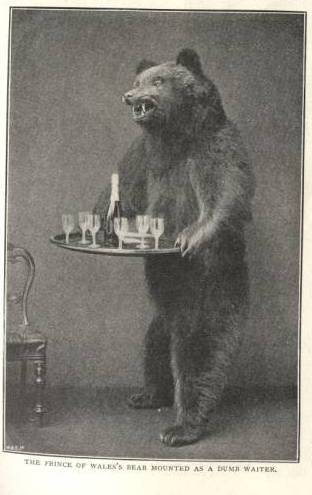 share
share
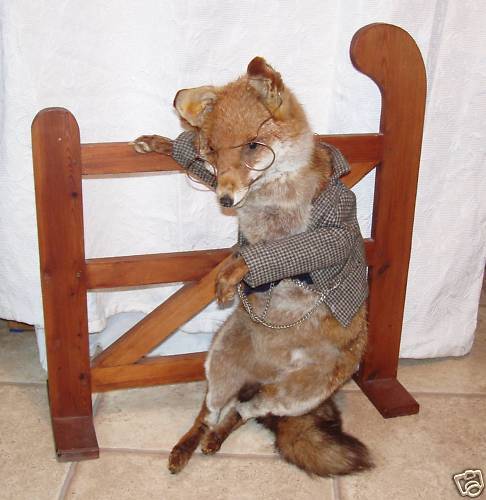 share
share
 share
share
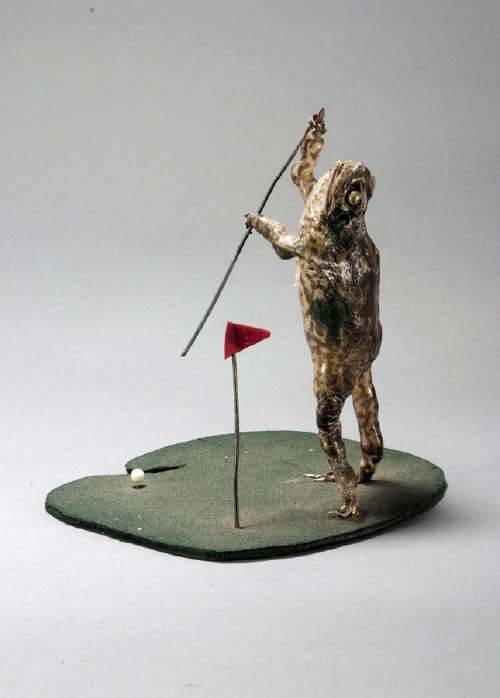 share
share
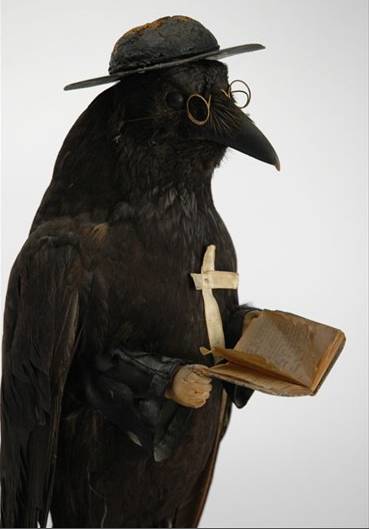 share
share
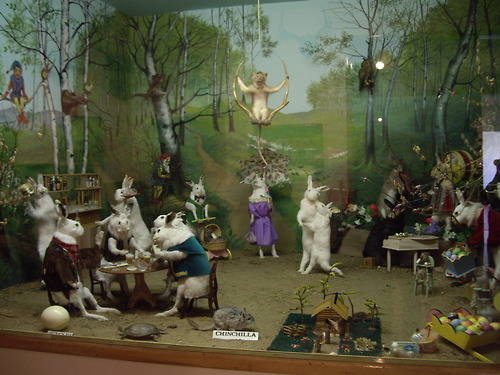 share
share
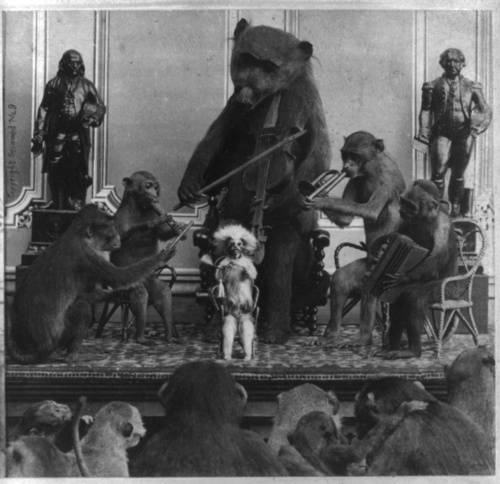 share
share
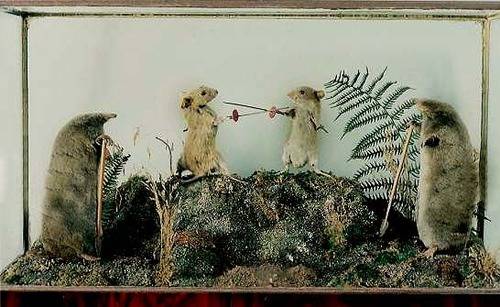 share
share
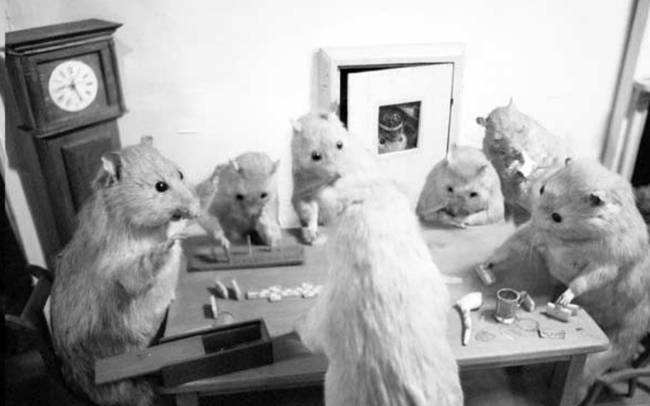 share
share
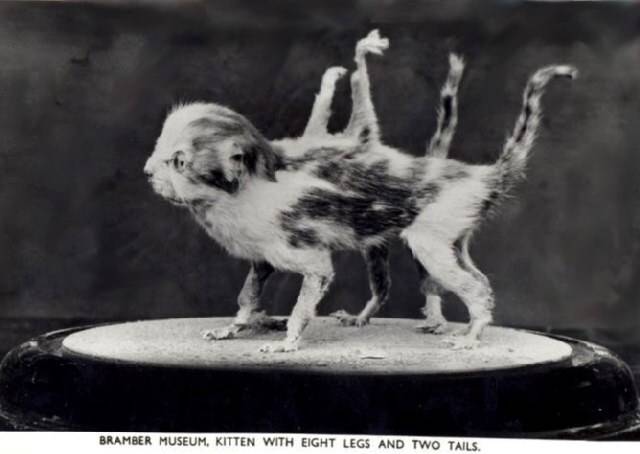 share
share



